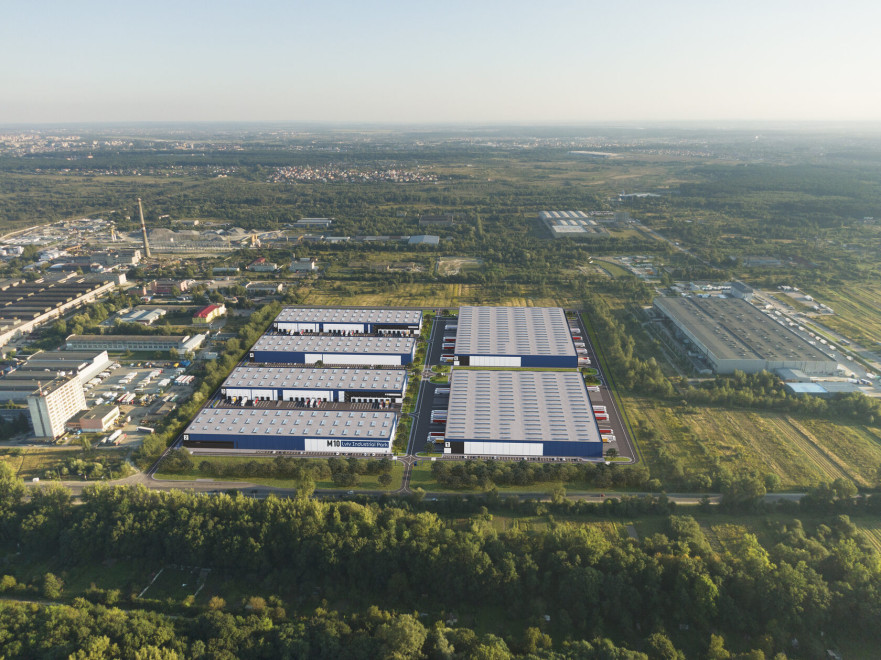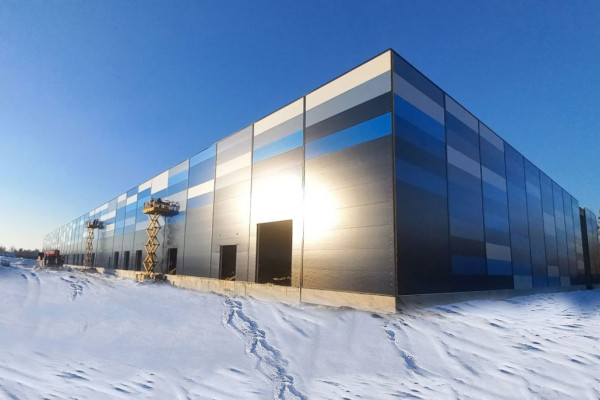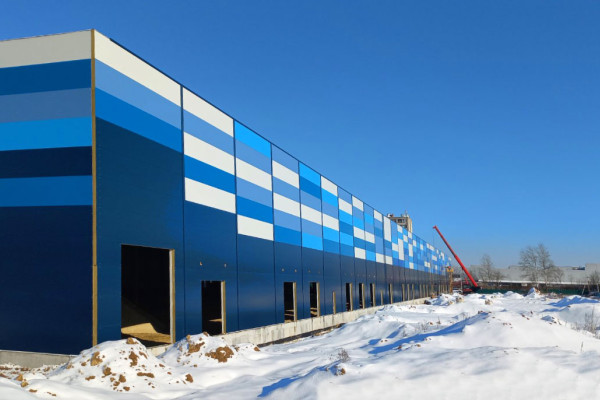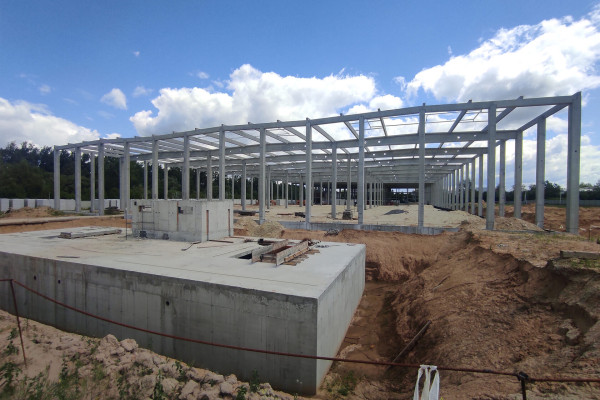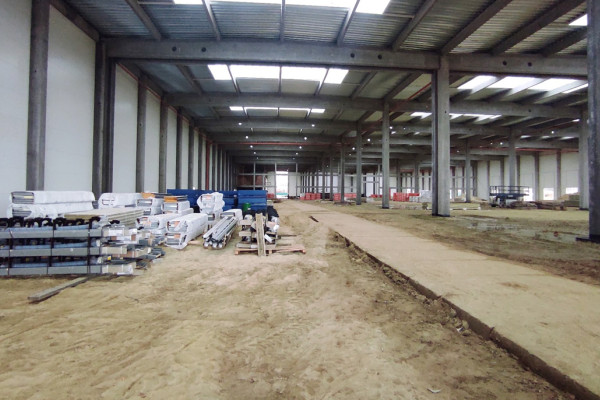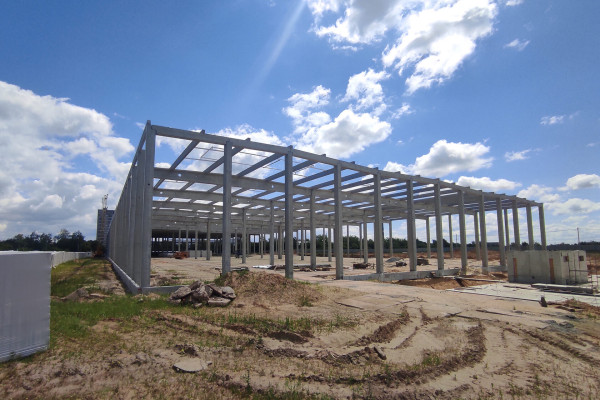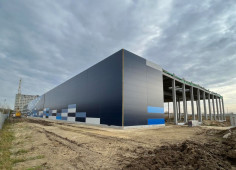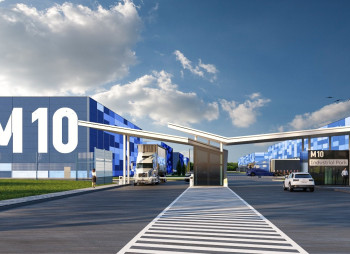M10 Lviv Industrial Park is the project actively developed by Dragon Capital in the industrial area of Lviv Ryasne-2 close by M10 international highway, just 60 km from the border with Poland.
The European Bank for Reconstruction and Development (EBRD) is making an equity investment of up to 35 per cent of an ambitious project to develop an industrial park in Lviv, western Ukraine, creating warehouse and manufacturing space that will help the country expand access to vital services and products.
Russia’s war on Ukraine has strained supply lines into, out of and within the country. Continuing uncertainty with regard to sea routes for imports and exports gives added importance to overland routes to and from the European Union via western Ukraine, and to the warehousing of goods.
The M10 Lviv Industrial Park, a modern multi-phase multi-tenant industrial park located 60 km from the Ukraine-Poland border, is being developed by Dragon Capital Investment Limited (Dragon Capital). It will provide new industrial and logistics warehouse space essential for sustained humanitarian and economic activity in Ukraine both during the war and post-war reconstruction.
The EBRD will invest a total of up to US$ 24.5 million of equity in the US$ 70 million development. Of this, up to US$ 5.5 will be invested in completing Phase 1 of the project. Phase 1, interrupted by the Russian invasion of Ukraine in February, resumed in summer 2022 and completion of the first 14,400-square-metre warehouse complex is expected in the second half of 2023.
“This is an especially important project for Ukraine in these challenging times and the EBRD investing equity will send a strong signal to local and foreign investors. By increasing the availability of high-quality warehousing, the project will expand Ukraine’s access to vital services and products,” said Vlaho Kojakovic of the EBRD.
“We are happy to welcome the EBRD as our equity partner in this very important infrastructure development project for Ukraine. Located close to the EU border, the M10 Lviv Industrial Park provides for new logistics and production capacities in western Ukraine, which have been in increased demand since the start of Russia’s full-scale invasion,” said Tomas Fiala, CEO of Dragon Capital.
The EBRD’s Lviv Industrial Park investment bridges a financing gap caused by adverse market conditions and is in line with the Bank’s stance on Ukraine and its overall response to the crisis.
The EBRD has a unique role to play in this crisis. After more than 30 years of promoting economic transition in Ukraine, the Bank’s emergency response to the war focuses on support for the country’s economy today and preparing for reconstruction in future.
The Bank’s actions complement those of other international financial institutions helping the Ukrainian government, as well as those of humanitarian agencies.
In addition to bolstering energy security, EBRD funding for Ukraine goes towards trade finance to maintain the flow of essential goods, boost food security and support vital infrastructure. EBRD funding is also used to help refugees in neighbouring countries and to assist the municipalities hosting them.
In October 2022, during a visit to Kyiv to meet Ukraine’s Volodymyr Zelenskyy, EBRD President Odile Renaud-Basso told the Ukrainian President of the Bank’s determination to support Ukraine while the country defends itself against Russia’s aggression and pledged that the EBRD will commit up to €3 billion in the period 2022-23 to help Ukraine’s businesses and economy to keep functioning. In 2022, the EBRD deployed €1.7 billion in Ukraine and mobilised a further €200 million via partner banks.
Ukraine is one of the Bank’s leading recipients of investment. Since the beginning of the war in February 2022, the Bank has moved swiftly, from condemning the Russian attack on Ukraine, facilitated by Belarus, to preparing an immediate financial response. Its assistance aims to ensure the resilience of Ukraine and the countries that are welcoming refugees, and combines this approach with a plan for the country’s reconstruction when circumstances allow.


